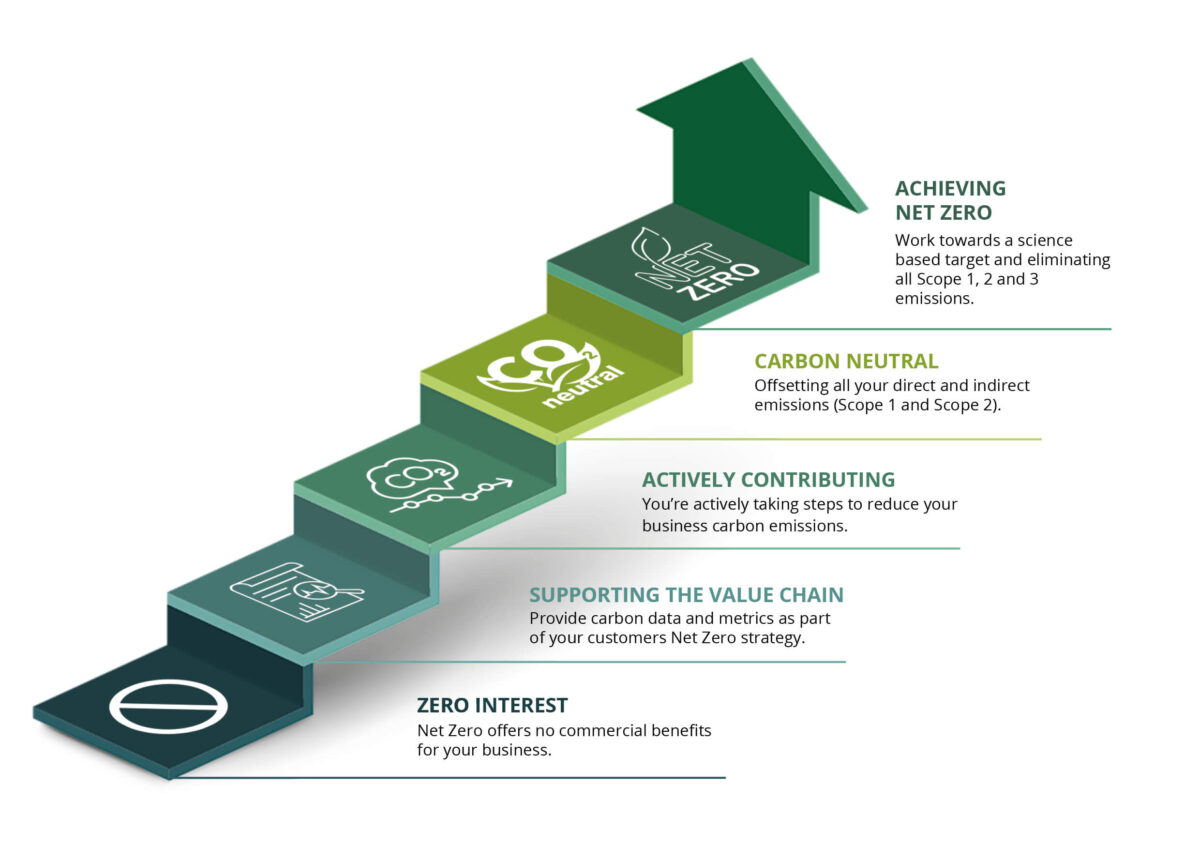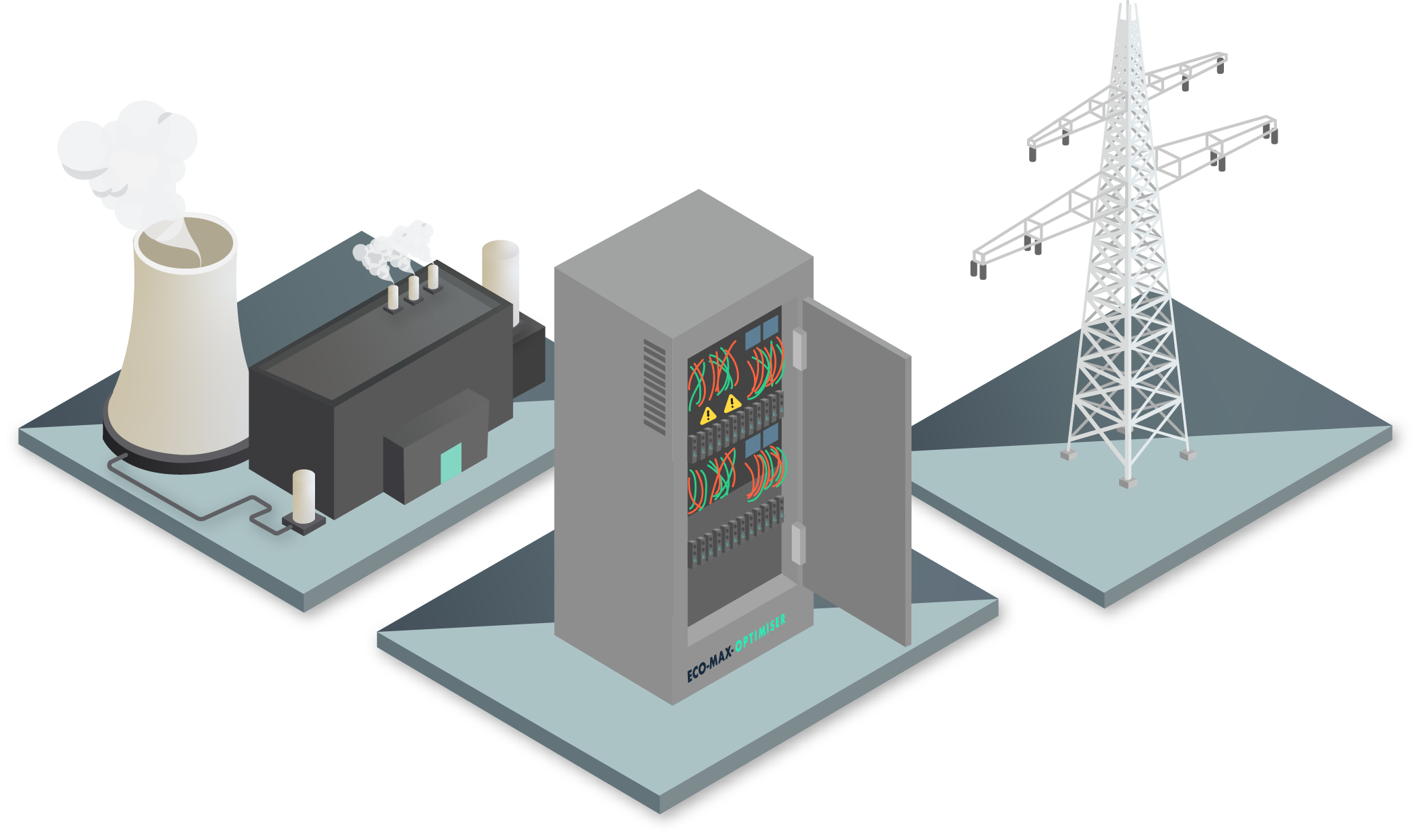Where Does Your Business Sit On the Scale to Net Zero?
Article and content from Business Wise Solutions.
Before any business starts working toward a Net Zero future, there’s one question business leaders must answer – is it viable? If the answer is no, or not right now, there may be some interim steps along the way that make more commercial sense. The best way to approach Net Zero is to explore which steps are appropriate for the company now and in the near future.
Zero Interest
Reaching Net Zero involves investment. Policies that encourage investment and behavioural change can lead to an upward pressure on consumer prices of goods and services that are more carbon-intensive, undermining the profitability of the companies that produce them. Ultimately, if the investment exceeds the profit, pursuing Net Zero would not make commercial sense.
Supporting the Value Chain
The UK’s biggest organisations are paying closer attention to the emissions within their supply chain, as reporting on Scope 3 emissions becomes mandatory for certain businesses. Ultimately this is impacting who they do business with. What this means for many suppliers is their Scope 1 and Scope 2 emissions will be included in their customer’s Scope 3 emissions.
Soon, if not already, businesses will have to provide detailed carbon intensity data to their clients. But it doesn’t stop there. They will be expected to disclose specific actions taken to reduce carbon intensity. This will be new challenges for many businesses that are part of the supply chain, but it is one that cannot be ignored.
Actively Contributing
Actively contributing moves beyond only reporting your emissions to satisfy your value chain. This stage is where your values align with becoming sustainable and you’re looking at, and investing in, reducing your Scope 1 & 2 emissions. For a better understanding of how you can reduce and eliminate your emissions, check out our infographics: Measure, Reduce & Eliminate Scope 1 & 2 Emissions and Scope 3 Emissions Explained.
For many businesses starting on the path to Net Zero, becoming Carbon Neutral is an interim approach toward becoming more sustainable. Carbon Neutral organisations use carbon offsetting to balance their direct and indirect (not scope 3) emissions, and by investing in environmental projects they have something tangible to talk about. Our Offsetting vs Insetting Carbon Emissions Infographic outlines the benefits and drawbacks of offsetting and insetting emissions.
And finally, after reviewing your options, if Net Zero is viable for your business, a flexible roadmap will help you create a plan that outlines the steps you must take to achieve Carbon Net Zero. For example, having a Net Zero Roadmap not only provides clear steps to achieve your Net Zero goals, but it also builds stakeholder confidence and supports Environmental, Social and Governance (ESG) factors.



